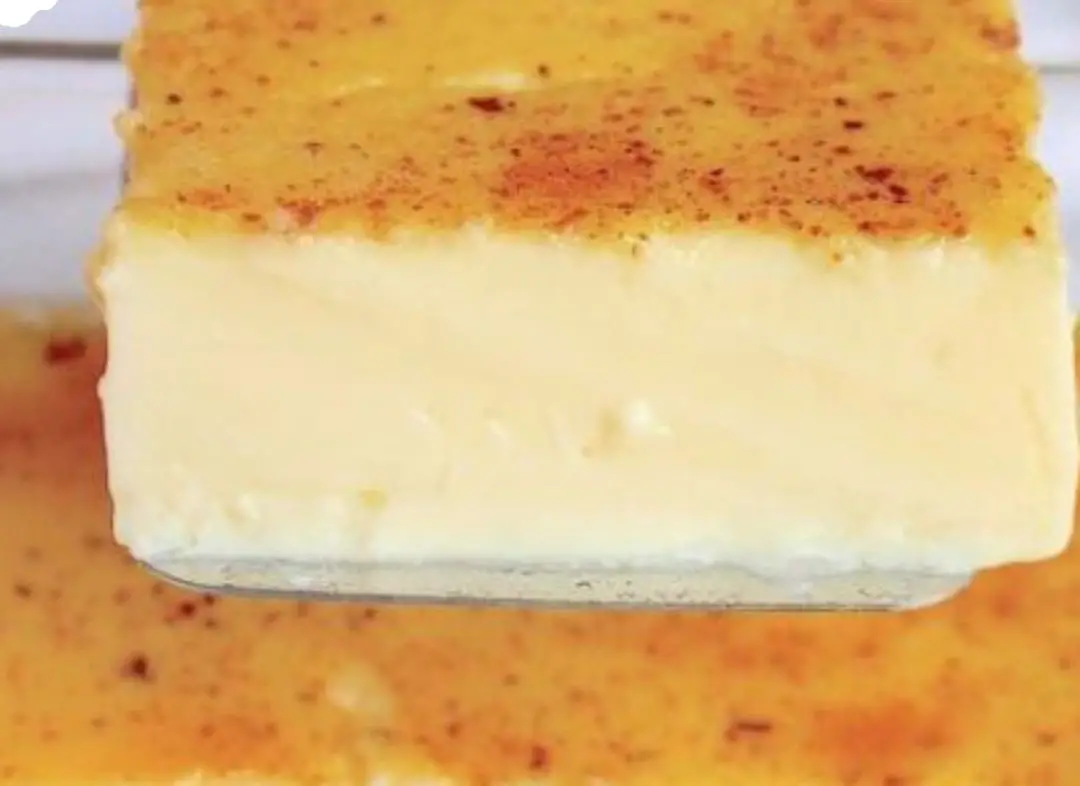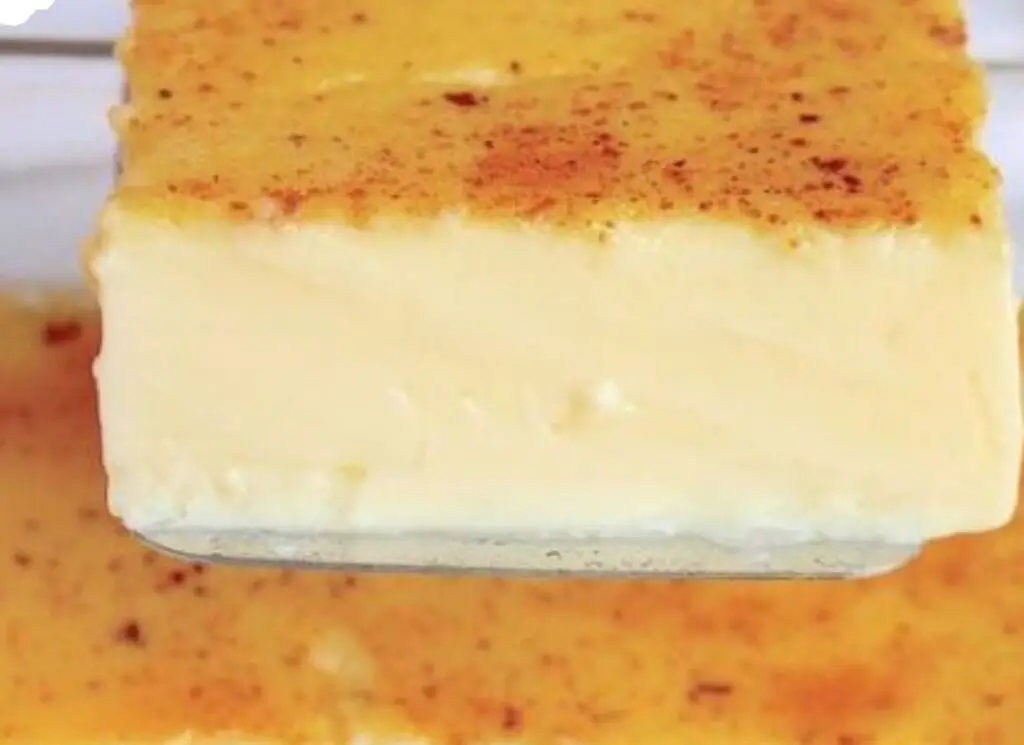Indulge in the creamy delight of fail-proof egg custard, a classic dessert loved by many. This recipe promises a rich, velvety texture with just the right balance of sweetness and warmth. With simple ingredients and straightforward steps, you can create a decadent treat that will surely become a household favorite.
Ingredients:
To prepare this fail-proof egg custard, gather the following ingredients:
- 5 eggs
- ½ cup sugar
- 1 1/2 teaspoons vanilla
- ½ teaspoon salt
- 4 cups 2% or whole milk
- Nutmeg for topping
Directions:
- Preheat your oven to 350 degrees F and lightly grease an 8×8 baking dish to prepare it for the custard.
- In a large bowl, beat together the eggs, sugar, vanilla, and salt until well-combined and smooth.
- In a small saucepan, heat the milk until it reaches about 180 degrees F, just before it starts to simmer. Do not allow it to boil.
- Slowly pour a stream of the hot milk into the egg mixture while continuously whisking to avoid scrambling the eggs. Ensure the mixture is fully combined and smooth. Whisk for an additional minute to incorporate air.
- Pour the custard mixture into the prepared baking dish. If desired, sprinkle nutmeg over the top for added flavor.
- Place the filled baking dish into a larger baking dish filled with water, ensuring the water level is about 1 inch deep. Be careful not to splash.
- Carefully transfer the double-dished custard into the preheated oven. Bake for 45-50 minutes or until an inserted knife comes out clean, but the custard still has a slight jiggle. Avoid overbaking to prevent curdling.
- Once baked, serve the custard warm or chilled, offering toppings such as whipped cream, fruit, or additional spices to enhance its flavor.
- Any leftovers can be refrigerated for later enjoyment.
Tips:
- When adding the hot milk to the egg mixture, do so gradually and whisk continuously to prevent the eggs from cooking too quickly.
- To avoid overbaking, keep an eye on the custard towards the end of the baking time. A slight jiggle in the center indicates it’s done.
- Experiment with different toppings and serving styles to personalize the custard to your liking.
Conclusion:
With its velvety texture and delightful flavor, this fail-proof egg custard recipe is sure to please even the most discerning palates. Whether enjoyed as a comforting dessert or a special treat for gatherings, its simplicity and deliciousness make it a timeless favorite. Treat yourself and your loved ones to this delightful indulgence today!
- Can I use a different type of milk in this recipe, such as almond milk or coconut milk?
While the recipe suggests using 2% or whole milk, you can certainly experiment with alternative milk options. Almond milk and coconut milk can be substituted for dairy milk if you have dietary restrictions or preferences. However, be aware that the flavor and texture of the custard may vary slightly with different milk substitutes. Almond milk tends to be lighter in texture and flavor, while coconut milk adds a subtle tropical undertone. Adjustments may be needed to achieve the desired consistency and taste. - Why is it important to heat the milk before adding it to the egg mixture?
Heating the milk serves two purposes in this recipe. Firstly, it helps to temper the eggs, which means gradually raising their temperature to prevent them from scrambling when mixed with the hot liquid. This process ensures a smooth and creamy custard texture without any unwanted lumps. Secondly, heating the milk allows it to incorporate more easily with the other ingredients, resulting in a homogeneous mixture. However, it’s essential not to let the milk boil, as overheating can cause it to curdle and affect the custard’s consistency and flavor. - What should I do if my custard comes out too runny or too firm?
Achieving the perfect custard consistency can be a delicate balance, and variations may occur based on factors such as oven temperature and ingredient proportions. If your custard turns out too runny, it may indicate that it was underbaked. In this case, you can return it to the oven for additional baking time, checking periodically until it reaches the desired consistency. On the other hand, if the custard is too firm or overcooked, it may have been baked for too long. To salvage it, you can try incorporating a bit of extra milk or cream to soften the texture before serving. - Can I prepare the custard ahead of time and reheat it later?
While egg custard is best enjoyed fresh, you can prepare it in advance and store it in the refrigerator for up to a few days. To reheat the custard, gently warm it in a saucepan over low heat, stirring continuously to prevent it from sticking or burning. Alternatively, you can reheat individual servings in the microwave, using short intervals and stirring between each one to ensure even heating. Keep in mind that reheating may slightly alter the custard’s texture, so it’s advisable to consume it promptly for the best taste and consistency.


